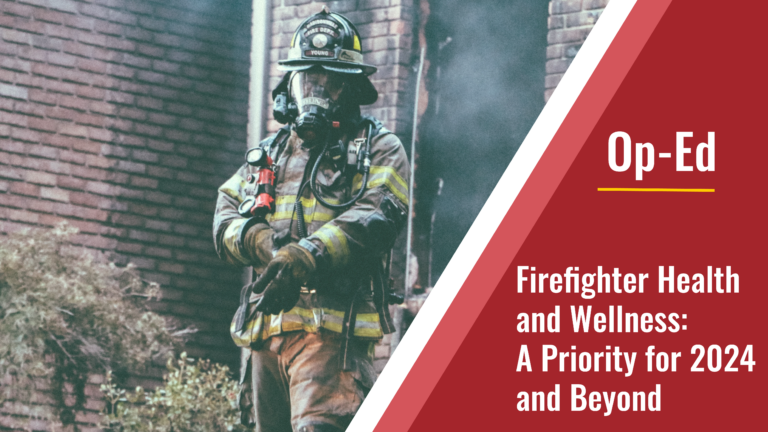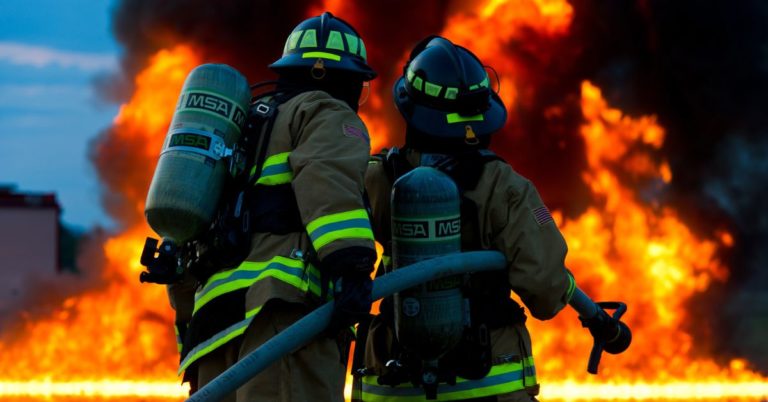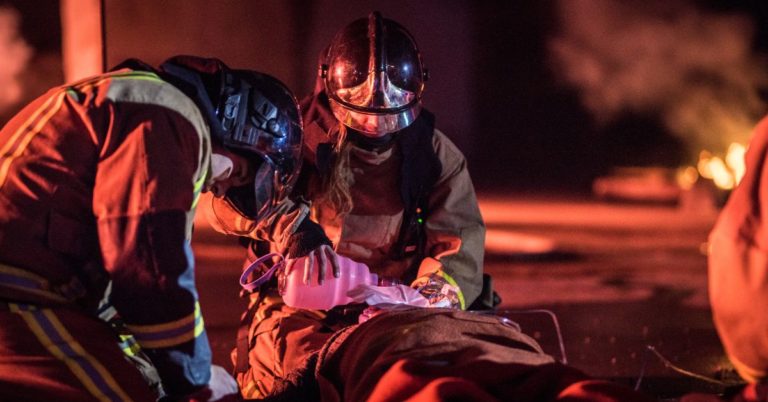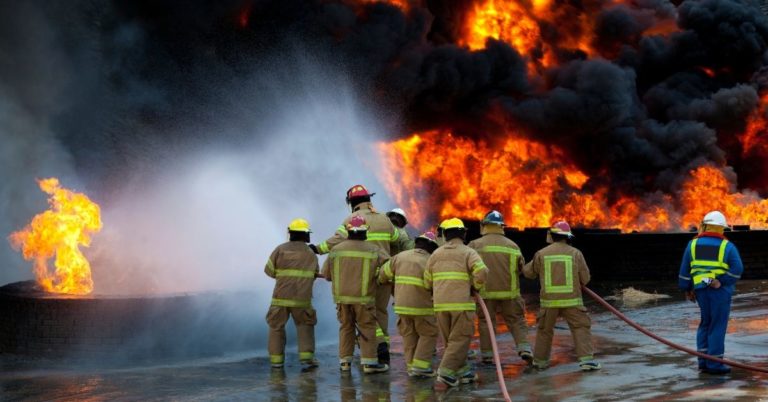In combating the global outbreak of the Covid-19 Virus, President Donald Trump often stated that the country was at war “with the invisible enemy.” Like any time of war, national mobilization is tantamount to procuring, supplying, and effectively using our resources to properly arm our defenses and defeat the opponent. In March of this year, Congress passed the CARES Act, a bill earmarking unprecedented amounts of money to protect businesses, employees, and vital functions of government. Trillions of dollars later, more needs to be done, especially to fund our Firefighting and EMS personnel around the country.
If the Covid pandemic is a time of war, peacetime federal funding for Fire & EMS is typically distributed through the Assistance for Firefighters (AFG) & The Staffing for Adequate Fire and Emergency Response Grants (SAFER). As depicted by the Firefighter’s Support Alliance data tool, federal grant money is dispersed across all 50 states, awarding state and local governments with millions of additional dollars to make large infrastructure purchases for their Fire Houses, replace aging vehicles, train & recruit new personnel, and supply their front line workers with safe PPE.
AFG grants provided the Loris Fire Department, in Horry County, South Carolina, with hundreds of thousands of dollars to replace their decades old fire engine in 2017. “…the city’s fire department has been awarded a United States Department of Homeland Security FEMA Assistance to Firefighters Grant (AFG) in the amount of $333,620 to replace their current 1978 Pierce Ford C-8000 Fire Engine.” The award would provide 95% of the cost through the Federal grant, meaning the local government would only need to produce $16,680 towards the new Fire Engine.
Procuring PPE is also a constant struggle for Fire Departments across the country, even in normal times. One PPE success story through AFG took place in Arizona, on behalf of the Pinal Rural Fire Rescue in 2013. “The funds are to purchase twelve (12) state of the art self-contained breathing apparatus that have lightweight carbon fiber tanks, which reduces the burden of additional weight on firefighters as compared to the older style steel tanks.” The Department also used some of the fund towards buying a “…thermal imaging camera to detect hotspots during initial fire attack or during overhaul after a fire to ensure that the fire is completely out.” 53% of all US Fire Departments still cannot provide every on-shift personnel with their own personal SCBA.
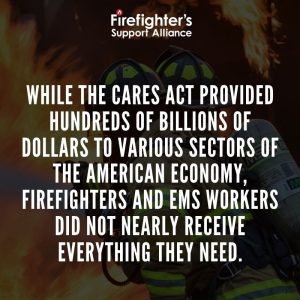
Enter COVID-19. The pandemic which followed the emergence of the virus set off a new series of challenges in adequately providing for Fire & EMS services. Specifically, regarding the new PPE intensive requirements for those going out into their communities. While the CARES Act provided hundreds of billions of dollars to various sectors of the American economy, Firefighters and EMS workers did not nearly receive everything they need. In fact, only $100M was allocated as supplemental funding for the AFG program, to meet the need of additional PPE resources. That’s $100M for Departments across the entire country. A sum deemed wholly insufficient by experts.
According to President & Chairman of the International Association of Fire Chiefs, Fire Chief Gary Ludwig, our Firefighters, and front-line workers need billions more to adequately arm themselves in the fight against the virus. In his letter to President Donald Trump, he notes that thousands amongst his ranks have been diagnosed with the virus: “Firefighters and EMS personnel are the first and last line of defense in our communities, running directly into harm’s way to assist vulnerable citizens. If we lose our emergency personnel to the disease, we cannot transport people to hospitals and protect our community members.”
Chief Ludwig outlines 5 critical concerns that need funding to better serve the Fire & EMS community:
- $5 billion for the Assistance to Firefighters Grants programs (AFG) to support fire and EMS response to COVID-19: “ …targeted for reimbursement and future purchases of personal protective equipment(PPE), including but not limited to NIOSH-approved N95 respirators, gloves, cleaning products, hand sanitizers, gowns, goggles, booties, and other medical equipment and necessary materials”
- $5 billion for Staffing for Adequate Fire and Emergency Response (SAFER) grant programs to support fire and EMS response to COVID-19: “Fire Department budgets have been decimated…The $5 billion…would provide reimbursement for backfill and overtime staffing(including overtime labor for budgeted employees and straight-time employees, overtime labor for unbudgeted employees, backfill employee labor, call-back pay, night-time pay, weekend differential pay.”
- Priority to Equipment in the Strategic National Stockpile: “Almost every fire and EMS agency reports shortages of essential medical supplies including NIOSH-approved N95 respirators, gloves, goggles, gowns, and booties. We have received reports of fire chiefs even buying raincoats to protect their personnel because of the lack of PPE.”
- Drug shortages: “In February, the U.S. Food and Drug Administration (FDA) announced that dozens of drugs were expected to enter into shortage due to the large number of COVID-19 patients. However, the FDA refused to identify the specific drugs which makes it exceedingly difficult for fire departments and EMS agencies to identify, procure, and secure approval of alternative medications.”
- Testing and Vaccinations: “Providing testing and vaccinations to firefighters and EMS personnel will ensure that they remain healthy and able to serve their communities without interruption as the public health crisis continues.”
If we can assume that Chief Ludwig’s proposals reflect the true figures needed for Fire & EMS services to meet the Covid 19 challenge, it is obvious the funds allocated are not nearly enough. While billions have been sent to local & state governments to use at their own discretion, it is unclear how this will affect the Fire & EMS services specifically. The sole $100M supplement designated towards the AFG is meant to last until September of 2021. Many in the American public had expected a second far ranging stimulus bill to be passed by now. Unfortunately, more funding will only be on the horizon if, or when, the partisan game of chicken ends on Capitol Hill.

